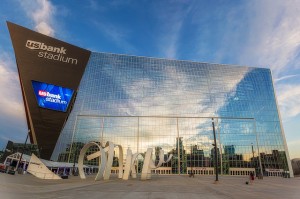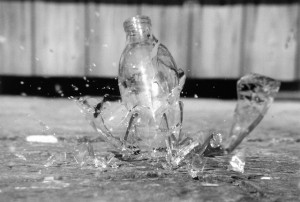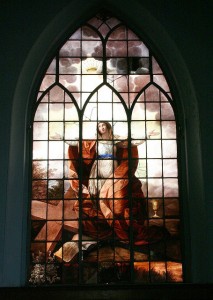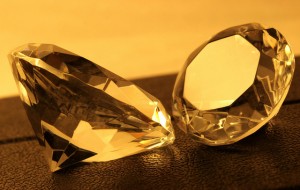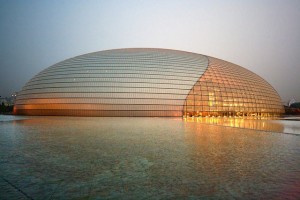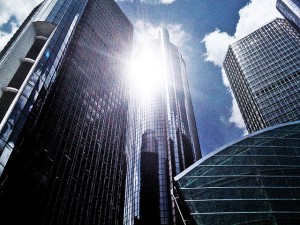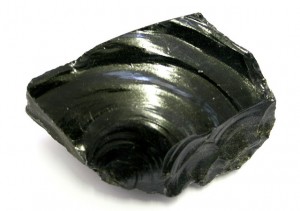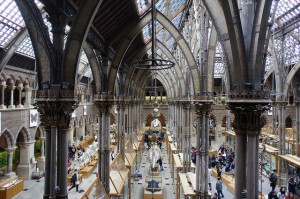New Viking stadium glass bad for birds?
Fritted glass debate will rage until 2019
US Bank Stadium features about 200,000 square feet of glass, which the National Audubon Society believes could be responsible for the deaths of about 1,000 birds per year. Birds don’t see glass and are prone to flying directly into it. In addition, reflections of the sky in the glass can cause disorientation among birds, resulting in an increased number of injuries and bird deaths. Birds also use the nearby Mississippi River as a navigational aid. Aviary experts fear that the stadium’s north and west walls, and its large glass doors will cause significant harm to local species.
The MSFA will begin the study immediately, and will monitor the number of bird deaths that occur as a result of the building through 2018. They are expected to render a decision about the glass in 2019. Since 2012, critics have asked the MSFA to consider using bird-safe glass, which is etched or decorated, to help birds “see” the glass as a solid object. The MSFA, which was responsible for the construction and operation of the stadium cited cost overruns and construction delays as its reason for vetoing “fritted” glass. According to the MSFA, the fritted glass would have inflated the construction costs by $25M-$60M. According to estimates provided by other sources, the addition of fritted glass would have raised the price of the stadium by about $1.1M. The estimated final cost of the stadium exceeds $1 billion.
The decision stands in contrast to the position of the Minneapolis City Council, which voted in 2014 to request that the MSFA include fritted glass in the stadium’s design. According to the MSFA, the glass did not pose any significant issues for birds during construction. The MSFA is also working with Minnesota-based 3M to develop and test films that could be applied to the glass to make the windows more visible to birds.
Paints and coatings like Glassprimer™ glass surface molecular activator, when combined with UV inkjet printing, can help make glass more visible to birds, and can help printed inks bond permanently to glass. If you would like more information about Glassprimer™ glass paint or Glassprimer™ glass surface molecular activator, please visit the rest of our site. If you’d like to purchase Glassprimer™ glass paint, please visit our online store .
Photo Credit: Matthew Paulson, via Flickr.com

